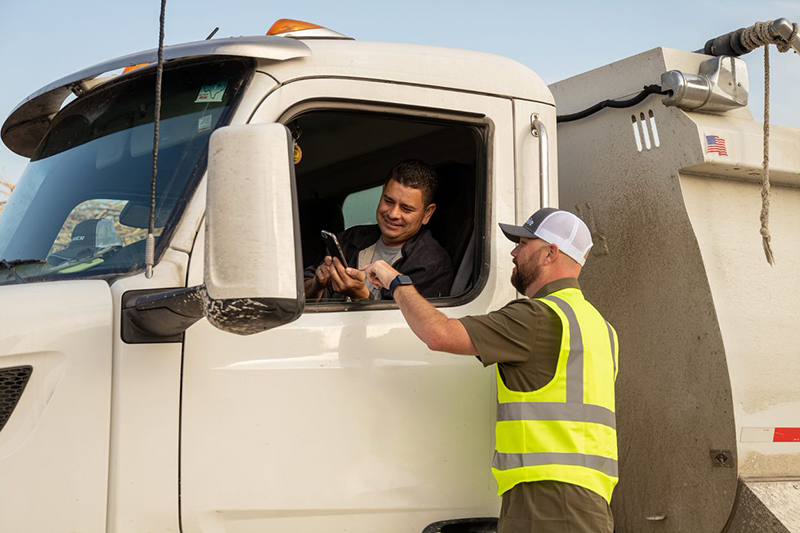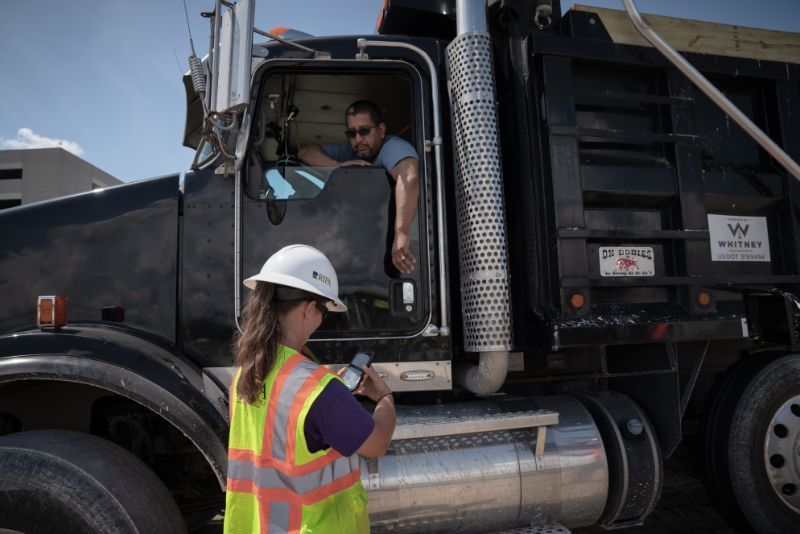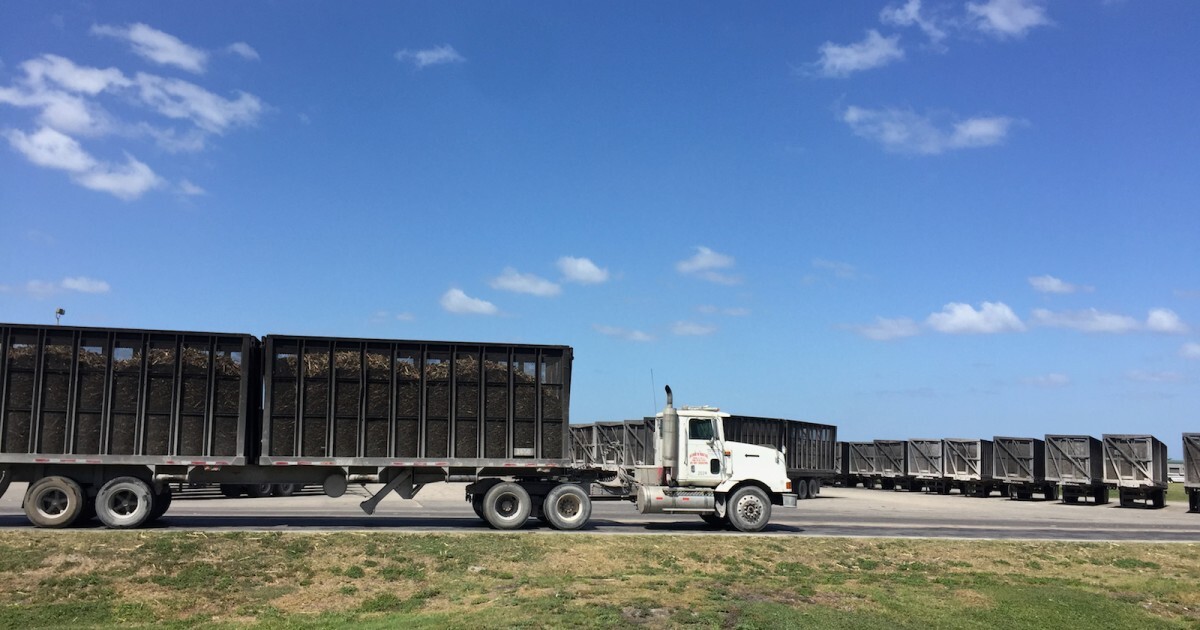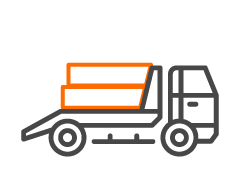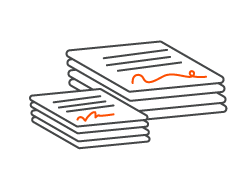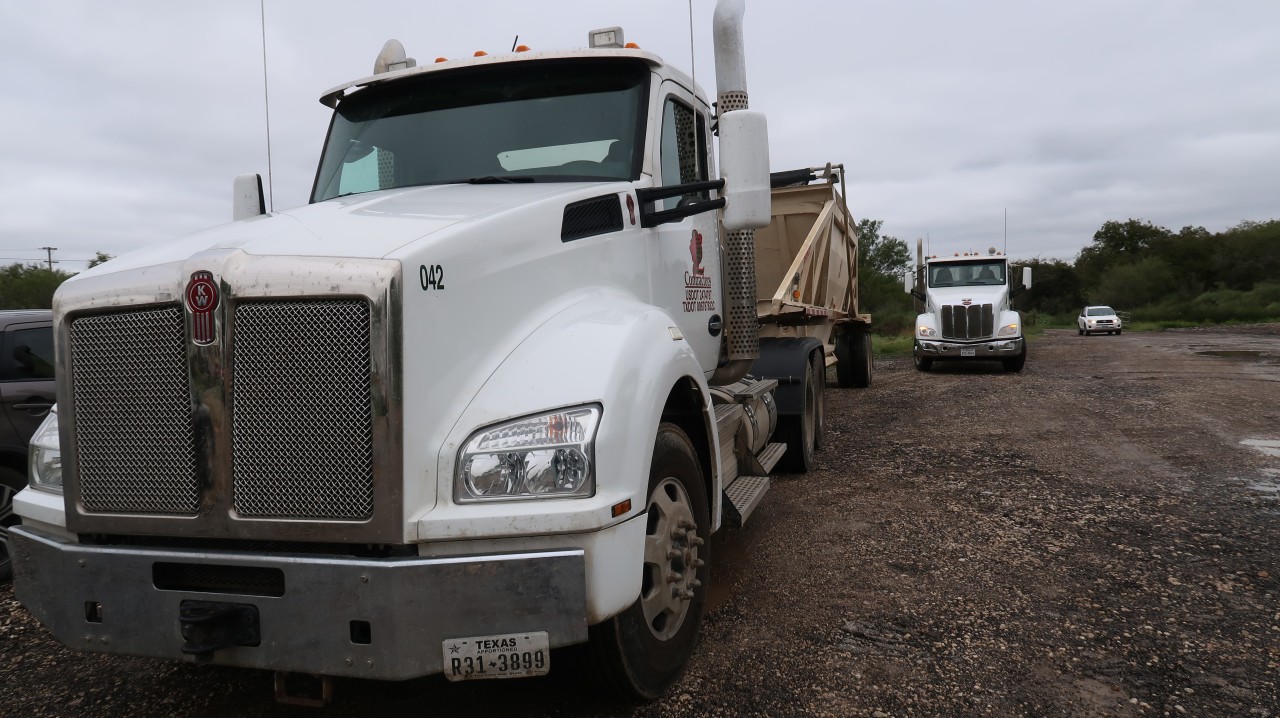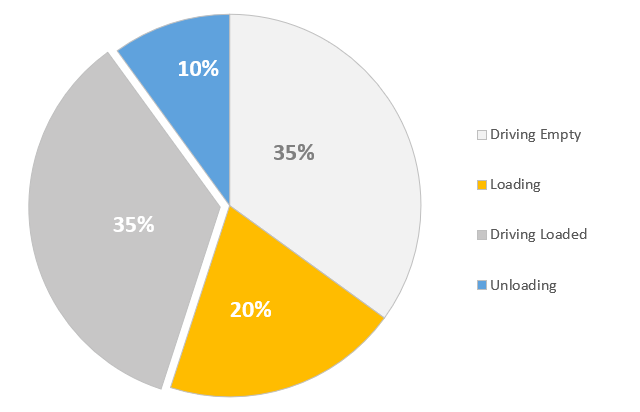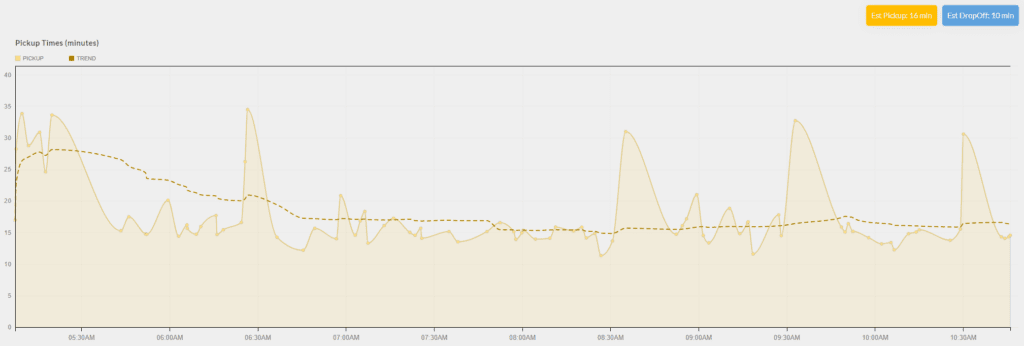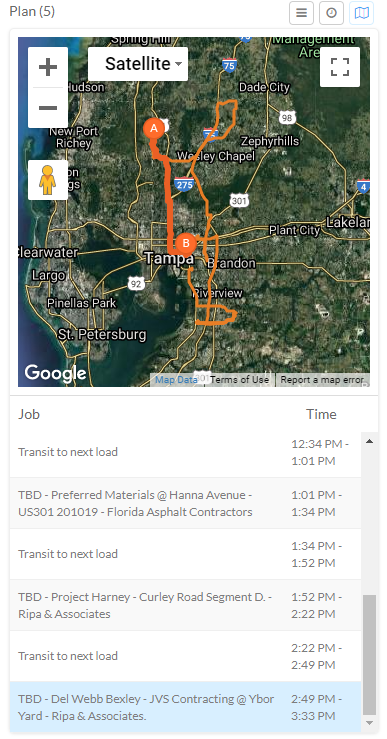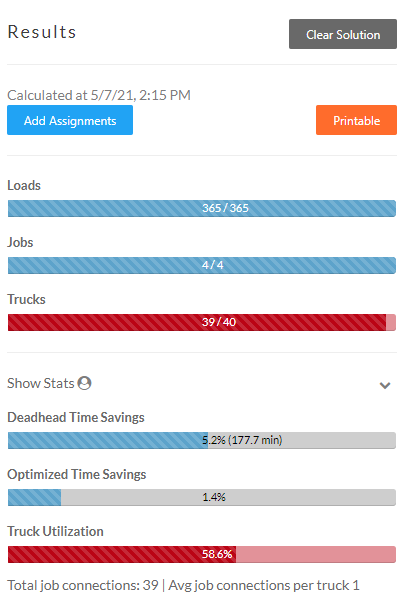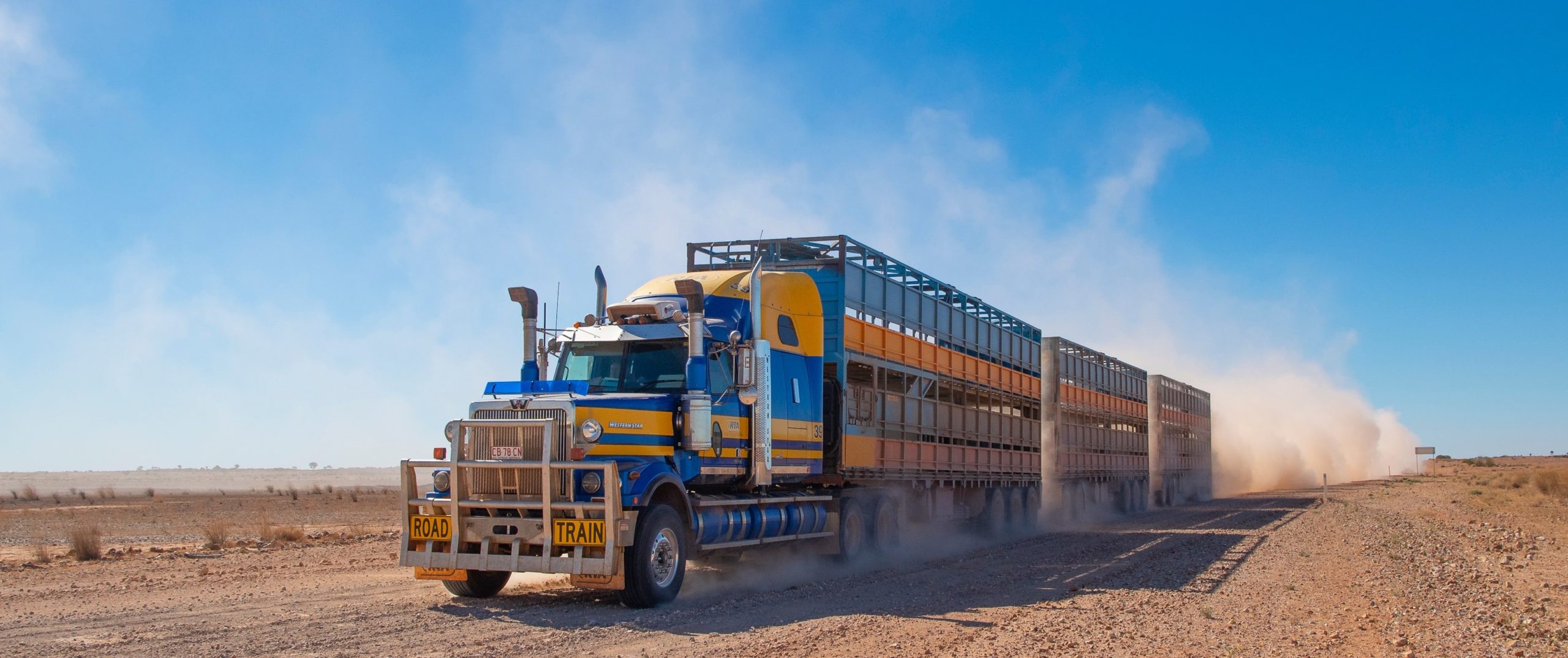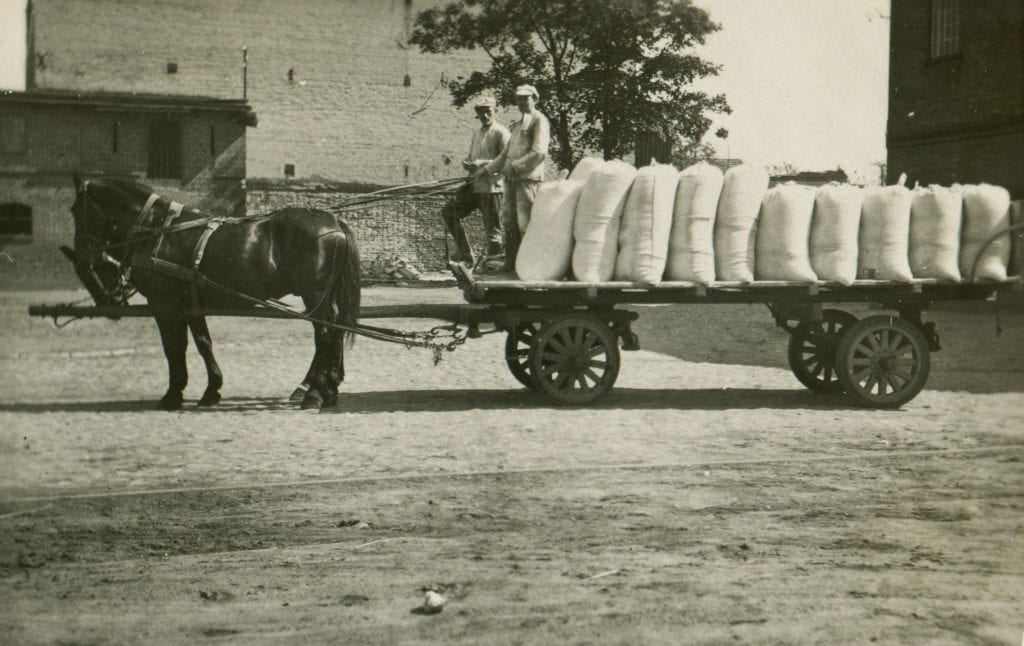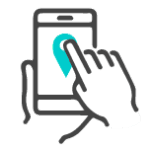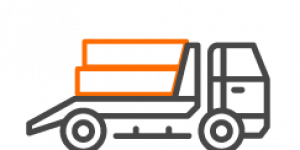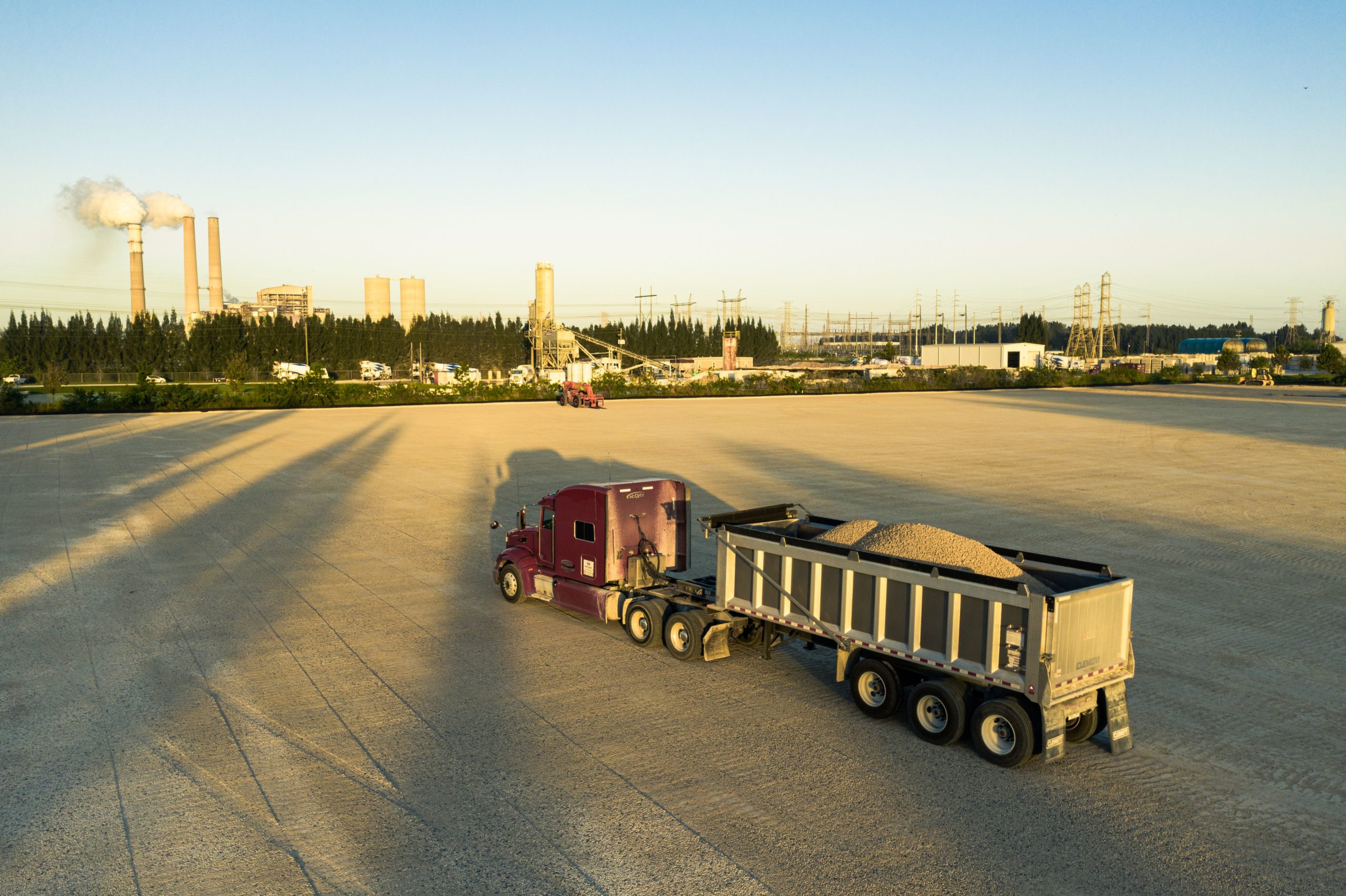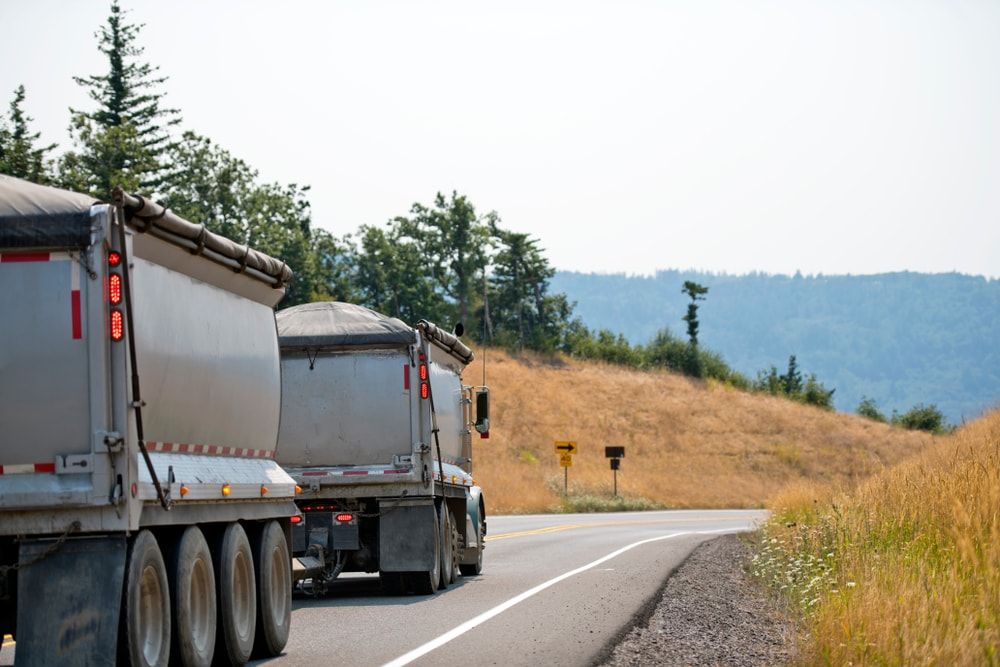8 Steps for a Successful Fleet Management System Rollout
Change is tough. Especially for an industry that has been around for years and is very set in their ways. Traditionally, fleet management has been a manual process using antiquated communication and tracking methods, with responsibilities divided up among multiple people. With a fleet management system, tracking your fleet, identifying routes, managing pick-ups and deliveries, and getting paid has never been easier or more efficient.
Let’s take a look at how to successfully roll out a new fleet management system to a team who may not fully understand how it will help their day-to-day operation.
Benefits of Fleet Management Systems
First, let’s review some of the benefits of a fleet management system. With a system like Dauber, you can:
- Increase the number of jobs per day with responsive route optimization, allowing your company to complete more loads in less time.
- Minimize back office issues with paperless ticketing. All load pick-up and drop-off confirmations are completed digitally, meaning no more missing paper tickets, ensuring you get paid.
- Save time and money by eliminating idle driver time with automatic dispatching which assigns a new job as soon as the previous one has been completed.
- Create a centralized place for your day-to-day business needs by integrating accounting softwares.
Fleet management systems can be adopted by transportation companies and brokers, both large and small, to attain their maximum productivity potential. With the increasing demand for efficient and faster service delivery, transitioning to this technological approach to management is the best way to stay ahead of the game.
How to Roll Out a New Fleet Management System
Now that you’ve decided to adopt a fleet management system, you need to think about which product you’re going to move forward with, how you’re going to roll it out, and how you’re going to be sure it’s successful once in place. While all new projects experience obstacles, either human or technological, mitigate the effects of those obstacles by following these steps to successfully roll out a trucking management system.
-
Product Selection
Different fleet management solutions provide various bells and whistles, however, they are all designed to offer a series of core functions. For example, Dauber offers automated dispatching, responsive route optimization, touchless ticketing and 24/7 support. Rolling out a system with these types of features offers a great ROI and increases the probability of buy-in for a successful rollout.
-
Guarantee Leadership Buy-in
Before setting your software implementation and onboarding timeline, securing leadership buy-in from the start is essential. Without the appropriate buy-in from your organization’s management team, priorities and timelines may not be aligned. This will cause potential delays and confusion to the rest of the team. Note that many seamless implementations tend to have a robust executive presence throughout the entire journey. So, involving high-level employees early guarantees vertical alignment of system rollout goals.
-
Employee Buy-in
Safeguarding employee buy-in for the transition always defines the long-term success of your fleet management implementation. Anticipate initial resistance to the concept since workers always view transition as a threat to their jobs. Ensure you involve the employees by explaining the reasons for the new software and invite their input concerning the transition. This can help lessen the resistance by offering a chance to participate in decision-making and cultivate early adopters. Fleet management software helps organizations become predictable and efficient, increasing the odds of getting new clients which will ultimately benefit both the employer and employee.
-
Prioritize Driver Education and Communication
While all employee buy-in is important, it’s especially important that your drivers are convinced. Whether your objective is to improve efficiency, safety, or retention, ensure you concentrate on how the system will directly benefit drivers. This will help lessen any friction between the management and drivers and speed up the transition.
-
Metrics
You need to be able to measure the performance of a fleet management system to understand its real value. To do this, identify key metrics to track before and after the rollout. Tracking these metrics before the implementation offers a reference point that allows you to measure developments and improvements brought on by the new software. After you’ve implemented the system, proceed with the normal operation for a short duration to find out if the software offers comparable metrics. This will serve as a check on the initial metrics and that you’ve set up the software effectively. When you start using the system fully, you will then be able to compare previous metrics and scale development as fitting.
-
Set a Plan and Goals
A fleet management software can’t deliver miracles, and you shouldn’t expect it to. True advancement takes time. Inspect your metrics and create incremental and attainable goals for growth. Set a plan with short-term and tentative long-term growth goals. Then, identify techniques for reaching those goals. For instance, you can command drivers to lessen idle time, but will they actually do that? Instead, give them tips and tools to utilize within the system to enhance routing and minimize downtime.
-
Set a Timeline
One of the notable challenges when it comes to implementing software is sticking to the set timelines. From the back office staff to drivers, several shareholders can make schedules hard. For this reason, it’s vital to set a realistic go-live date, with company-wide circumstances in mind, to assist in making sure every person is on track and set up for success.
-
Keep in Touch with Your Client Success and Support Crew
One of the benefits of working with a software company who offers a client success and support crew is getting access to the company’s knowledge and expertise. Your client success manager’s duty is to support you during the rollout and implementation because your success equates to their success. Make sure you keep in touch with this team if any concerns or questions come up.
Irrespective of your truck fleet’s size, rolling out a fleet management software will be a considerable improvement and help increase your company’s revenue over time. While it may not be easy, it will be worth it. And at Dauber, we are dedicated to ensuring a successful roll-out for you and your team. Ready to take the next step? Schedule a demo.

